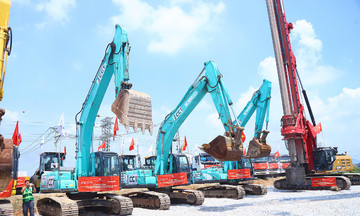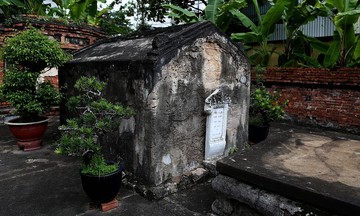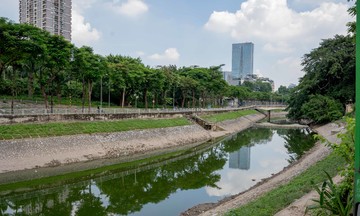The People's Committee of Thanh Hoa province has approved a project to preserve and restore several sections of the Citadel of Ho Dynasty, a world heritage site. The project has a total investment of 354 billion VND from the provincial budget. The Thanh Hoa Department of Culture, Sports, and Tourism will oversee the project.
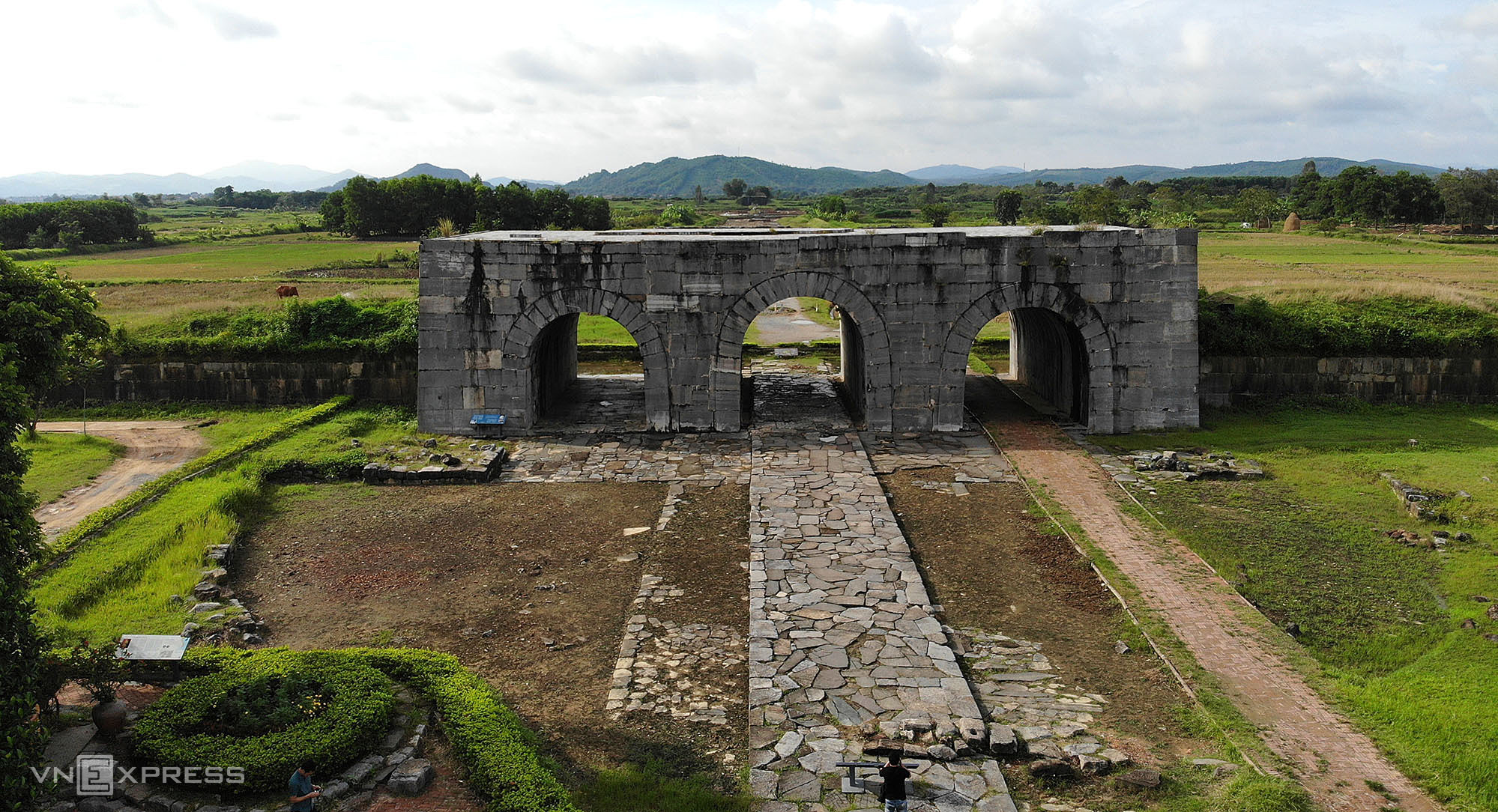 |
The Royal Road in front of the southern gate of the Citadel of Ho Dynasty will be restored. Photo: Le Hoang |
The Royal Road in front of the southern gate of the Citadel of Ho Dynasty will be restored. Photo: Le Hoang
The project is divided into two phases, spanning from 2025 to 2028. The first phase (2025-2027) will focus on key areas, including archaeological preservation and the reconstruction of the Hoang Nguyen Palace foundation on a 9,000 m2 area. It will also include the restoration of the entire southern moat, over 1.4 km long, and the restoration of the 615 m Royal Road.
Additionally, the project will implement waterproofing solutions for the roofs and walls of the citadel gates. It will construct five internal roads, a lighting system, landscaping, public restrooms, and other technical infrastructure.
In the second phase (2027-2028), the province plans to continue restoring structures within the citadel, such as the East and West Thai Mieu temples and the South Citadel bridge.
The project aims to sustainably preserve and promote the Citadel of Ho Dynasty's global value, making it a key tourist destination nationally and regionally. It also aims to contribute to the local socio-economic development.
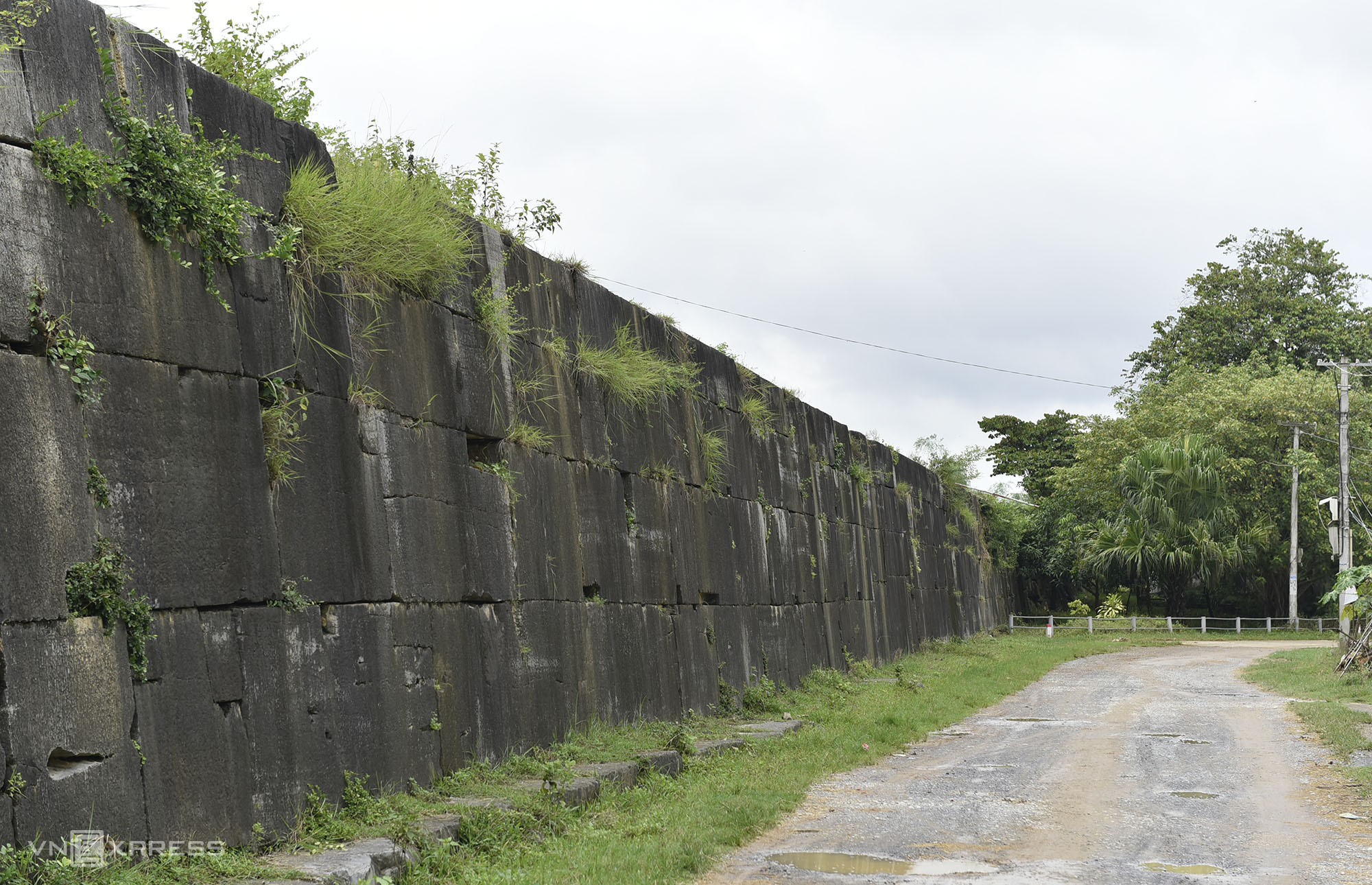 |
A section of the eastern wall of the Citadel of Ho Dynasty remains largely intact. Photo: Le Hoang |
A section of the eastern wall of the Citadel of Ho Dynasty remains largely intact. Photo: Le Hoang
Built in 1397 during the reign of Ho Quy Ly, the Citadel of Ho Dynasty is one of the most unique stone architectural structures remaining in Vietnam. Constructed with a technique of interlocking multi-ton blue stone blocks without mortar, it was recognized as a UNESCO World Heritage Site in 2011. After over 600 years, the structure retains many original features and holds special historical, architectural, military, and archaeological significance.
Le Hoang



